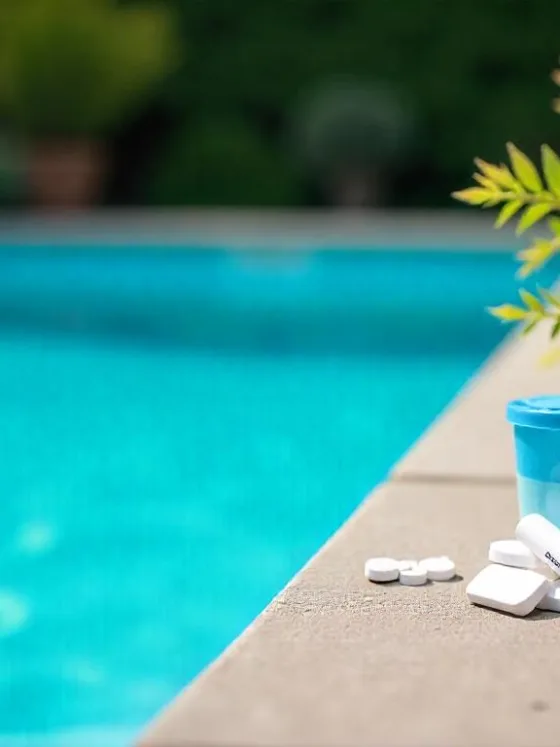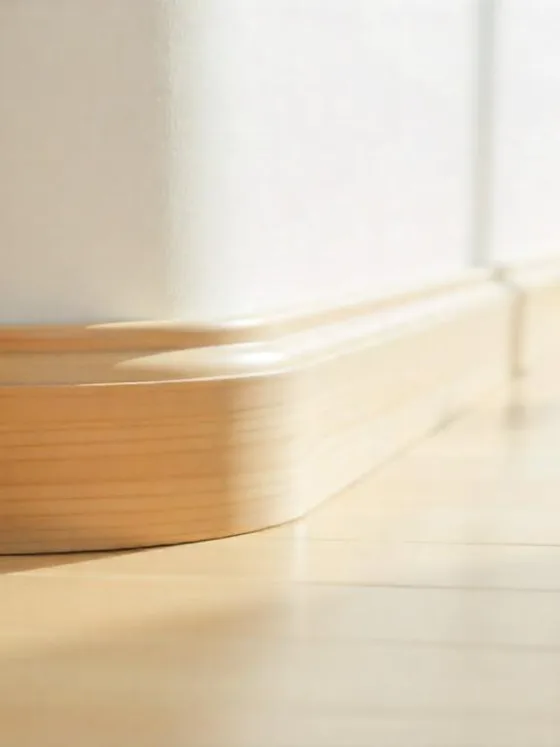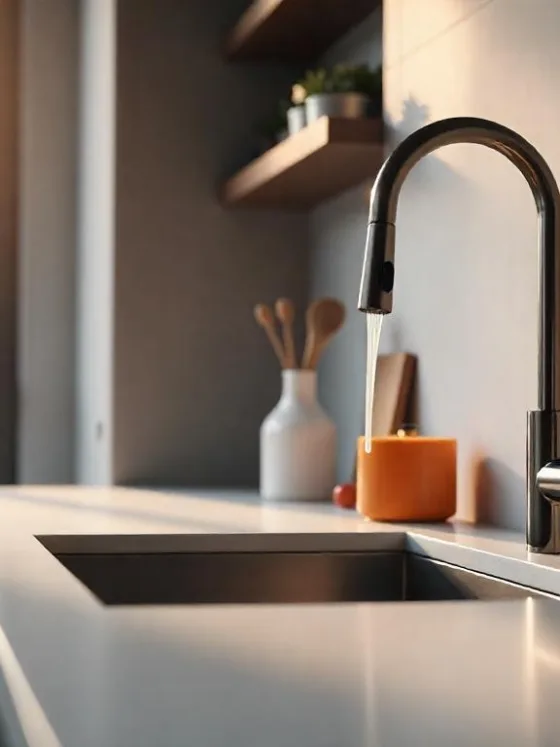Table of Contents Show
When it comes to the heart of your kitchen, the sink takes center stage. It’s where you wash your dishes, prep your meals, and even fill up your water bottles. With all the daily use it gets, it’s important to give your kitchen sink some TLC to keep it looking pristine and functioning flawlessly. In this guide, we’ll share some tips and tricks to help you maintain your kitchen sink and make it the star of your culinary kingdom.
1. Regular Cleaning:
The key to a sparkling sink is regular cleaning. Start by rinsing your sink with warm water after each use to remove any leftover food particles. For a deeper clean, use a mild dish soap and a soft sponge or cloth to scrub away stains and grime. Avoid using abrasive cleaners or scrub brushes that can scratch the surface of your sink.
2. Say No to Stains:
Stains can be a real eyesore on your kitchen sink. To keep them at bay, avoid leaving coffee grounds, tea bags, or food scraps in the sink for extended periods. If you do notice any stains, try using a mixture of baking soda and water to gently scrub them away. For stubborn stains, you can also try using vinegar or lemon juice.
3. Don’t Forget the Drain:
A clogged drain can quickly turn your kitchen sink into a nightmare. Prevent this by regularly pouring boiling water down the drain to flush away any buildup. You can also use a mixture of baking soda and vinegar to keep your drain smelling fresh and clear. Remember to avoid pouring grease or oil down the drain, as they can solidify and cause blockages.
4. Show Some Love to Your Faucet:
While you’re busy cleaning your sink, don’t forget about your faucet! Use a soft cloth and mild soap to wipe away any water spots or fingerprints. If you notice any mineral buildup, soak a cloth in vinegar and wrap it around the faucet for a few hours. This will help dissolve the minerals and restore the faucet’s shine.
Related:
5. Protect and Prevent:
Prevention is always better than cure, especially when it comes to your kitchen sink. Use a sink mat or a rack to protect the bottom of your sink from scratches and dents caused by pots, pans, and utensils. Avoid using sharp knives directly on the sink surface to prevent any accidental damage. Additionally, be mindful of what you pour down the sink to avoid any potential clogs or damage.
6. Embrace the Power of Baking Soda:
Baking soda is a magical ingredient that can work wonders in your kitchen sink. Use it as a natural deodorizer by sprinkling some down the drain and flushing it with hot water. You can also mix baking soda with water to create a paste and use it to scrub away tough stains. It’s an affordable and eco-friendly solution for a clean and fresh-smelling sink.
7. Shine and Polish:
Once you’ve cleaned and maintained your sink, give it that extra sparkle with a quick polish. Use a microfiber cloth and a small amount of olive oil or baby oil to buff the sink and make it shine like new. This will not only make your sink look great but also help repel water and prevent mineral buildup.
Conclusion:
Your kitchen sink is a workhorse that deserves some attention and care. By following these simple tips, you can keep your sink looking its best and ensure its functionality for years to come. So, roll up your sleeves, put on your favorite cleaning playlist, and give your kitchen sink the love it deserves!
Frequently Asked Questions
1. What is the best material for a kitchen sink?
There are several options to choose from, but stainless steel is a popular choice due to its durability, affordability, and resistance to stains and scratches. Other materials like granite composite and fireclay are also great choices if you’re looking for something more stylish and unique.
2. How do I clean and maintain my kitchen sink?
Regular maintenance is key to keeping your kitchen sink in top condition. For stainless steel sinks, use a mild detergent and a soft cloth or sponge to clean. Avoid using abrasive cleaners or scrub brushes that can scratch the surface. For other materials, check the manufacturer’s instructions for specific cleaning recommendations.
3. Can I install a garbage disposal with any type of sink?
Most sinks are compatible with garbage disposals, but it’s always best to check the manufacturer’s specifications. Some sinks may require additional reinforcement or have specific guidelines for installation. If you’re unsure, consult a professional plumber to ensure proper installation.
4. How do I prevent clogs in my kitchen sink?
To prevent clogs, avoid pouring grease, oil, or coffee grounds down the drain. Use a sink strainer to catch food particles and regularly clean it out. You can also try pouring boiling water down the drain once a week to help break up any buildup.
5. How often should I replace my kitchen sink?
The lifespan of a kitchen sink can vary depending on the material and usage. On average, a well-maintained sink can last 15-30 years. However, if you notice significant damage, leaks, or other issues, it may be time to consider a replacement.










